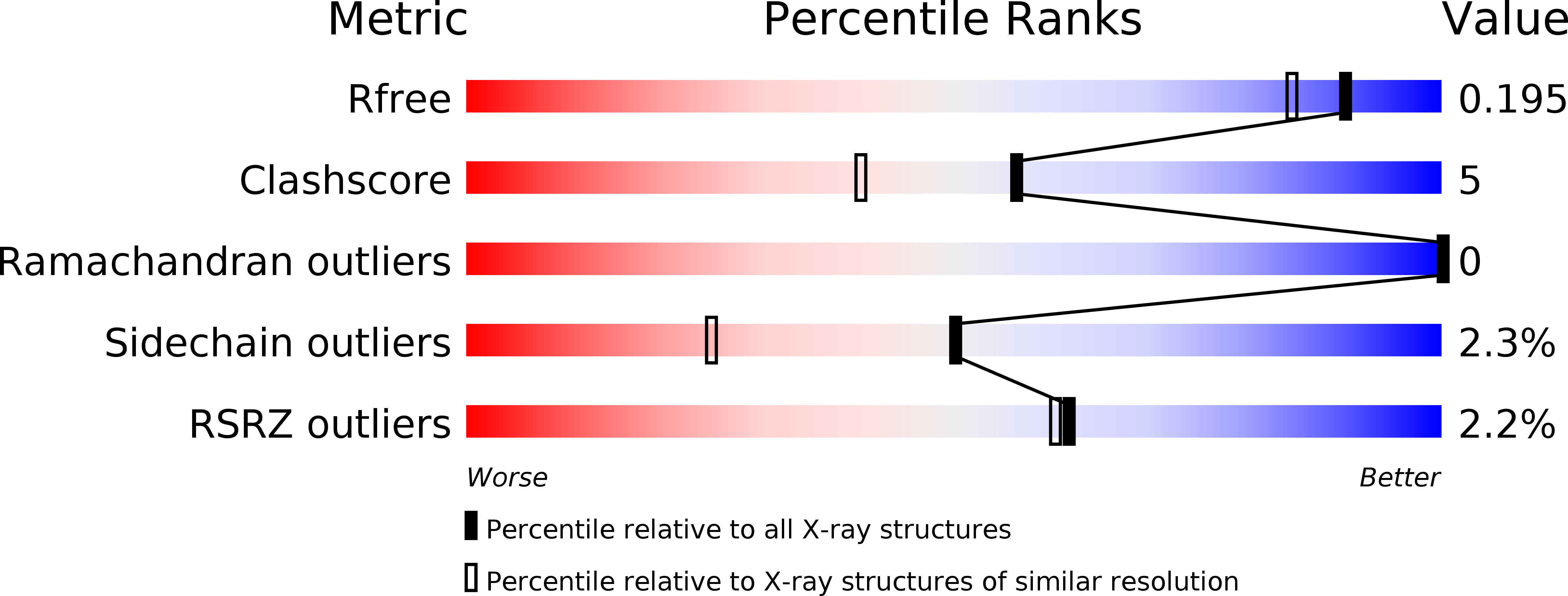
Deposition Date
2013-06-03
Release Date
2013-08-28
Last Version Date
2024-02-28
Method Details:
Experimental Method:
Resolution:
1.60 Å
R-Value Free:
0.19
R-Value Work:
0.15
R-Value Observed:
0.16
Space Group:
P 32 2 1


